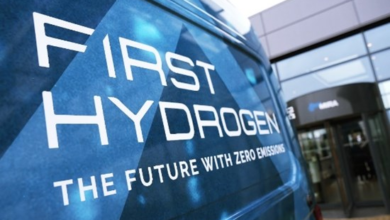Hyliion acquires hydrogen generator Technology from GE
Hyliion will also explore other adjacent markets to leverage this technology for cost savings and emissions reductions.

Hyliion Holdings Corp. has entered into a definitive agreement to acquire a new hydrogen and fuel agnostic, capable generator (KARNO) from GE Additive (a part of GE).
The transaction is expected to close by the end of Q3 2022. With an acquisition value of ~$37 million, GE will receive $15 million in cash and approximately $22 million in Hyliion stock. Hyliion will acquire the generator technology and integrate the Cincinnati-based engineering team that created the KARNO system into Hyliion.
In late 2023, Hyliion plans first to release the Hypertruck ERX powertrain, which leverages a natural gas engine as the generator onboard. In the years following, Hyliion plans to release the Hypertruck KARNO, its fuel agnostic variant, as phase two in the Hyliion journey to a hydrogen-based future.
Initial testing indicates the KARNO generator is expected to comply with all current and foreseeable emissions standards, specifically from CARB and EPA, even when utilizing conventional fuels.
The technology is expected to achieve a 20%+ efficiency improvement over today’s conventional generators and could be more efficient than most available fuel cells. These efficiency improvements should, in turn, enable fuel cost reductions and improved vehicle range. The technology should also provide significant noise, vibration, moving parts and maintenance reductions compared to current combustion engines.
The KARNO power system will operate on over 20 different fuels, including hydrogen, natural gas, propane, ammonia and conventional fuels. The technology uses heat to drive a sealed linear generator to produce electricity. The heat is produced by reacting fuels through flameless oxidation or other heat sources, including renewables.
Thomas Healy, Founder and CEO of Hyliion, said, “Hyliion will leverage the KARNO as the next generation generator onboard the Hypertruck, creating a solution that will operate on various fuel sources that are available today, while remaining future-proofed to run on hydrogen when it becomes widely accessible.”
